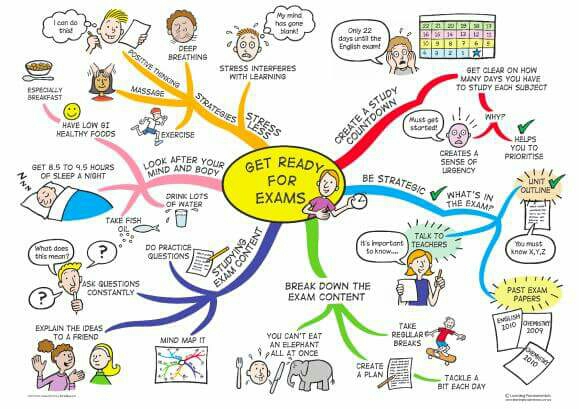The Impact of Classroom Environment on Learning Outcomes
The classroom environment plays a crucial role in shaping students’ learning experiences and outcomes. It encompasses not only the physical layout of the classroom but also the emotional and social atmosphere that educators foster. This article explores the various dimensions of the classroom environment, how it influences learning outcomes, and strategies to create an optimal learning space.
Understanding Classroom Environment
The classroom environment refers to the overall atmosphere in which learning takes place. It includes the physical space, the emotional climate, and the social dynamics among students and between students and teachers. A supportive and well-structured classroom environment can significantly enhance students’ engagement, motivation, and academic performance.
Components of Classroom Environment
2.1 Physical Environment
The physical environment includes the layout, design, and resources available in the classroom. Key elements include:
- Seating Arrangement: Flexible seating can encourage collaboration and interaction, while traditional rows may limit communication.
- Lighting and Color: Bright, well-lit spaces can boost energy and focus, while softer colors can create a calming atmosphere.
- Resources and Materials: Access to educational tools, technology, and learning materials can enhance the learning experience.
2.2 Emotional Environment
The emotional environment encompasses the feelings and attitudes that prevail in the classroom. Factors include:
- Teacher-Student Relationships: Positive relationships foster trust, which can lead to increased participation and motivation.
- Emotional Safety: An environment where students feel safe to express themselves and take risks is essential for effective learning.
- Support and Encouragement: Regularly recognizing student efforts can enhance their confidence and willingness to engage.
2.3 Social Environment
The social environment pertains to the interactions and relationships among students. Important aspects include:
- Peer Relationships: Positive peer interactions can lead to cooperative learning and shared knowledge.
- Classroom Culture: A culture that promotes respect, inclusivity, and collaboration can enhance student engagement and participation.
- Group Dynamics: The effectiveness of group work can depend on how well students interact and communicate with one another.
Influence on Learning Outcomes
3.1 Cognitive Development
A well-structured classroom environment can positively affect cognitive development in several ways:
- Enhanced Focus: A conducive physical environment minimizes distractions, allowing students to concentrate better.
- Critical Thinking: A collaborative and engaging environment encourages students to think critically and explore different perspectives.
- Retention of Information: Active participation and emotional engagement lead to better retention of knowledge.
3.2 Emotional Well-Being
Emotional well-being is closely linked to academic success:
- Stress Reduction: A supportive emotional environment helps reduce anxiety and stress, enabling better focus on learning.
- Increased Motivation: When students feel valued and supported, their intrinsic motivation to learn increases.
- Resilience: A positive environment fosters resilience, helping students overcome academic challenges.
3.3 Social Skills Development
The classroom is a key setting for developing social skills:
- Collaboration: Group activities promote teamwork and communication skills.
- Conflict Resolution: A positive social environment helps students learn how to navigate disagreements and build healthy relationships.
- Civic Engagement: A supportive classroom environment encourages students to be active participants in their communities.
Creating a Positive Classroom Environment
1. Foster Positive Relationships
Encourage teachers to build strong, supportive relationships with their students, characterized by trust and respect.
2. Encourage Open Communication
Create a culture where students feel comfortable expressing their thoughts, questions, and concerns.
3. Use Flexible Seating Arrangements
Incorporate various seating options to accommodate different learning styles and promote collaboration.
4. Incorporate Engaging Teaching Methods
Use interactive and diverse teaching methods to cater to various learning preferences and keep students engaged.
5. Create a Welcoming Physical Space
Decorate the classroom with student work, positive affirmations, and educational materials to create a sense of belonging.
Challenges to Creating an Effective Environment
Despite the importance of a positive classroom environment, several challenges can hinder its establishment:
- Diverse Learning Needs: Catering to a variety of learning styles and needs can be difficult in a single classroom.
- Resource Limitations: Limited access to materials and technology can affect the physical environment.
- Class Size: Large class sizes can make it challenging to foster individual relationships and provide personalized support.
Conclusion
The classroom environment significantly impacts students’ learning outcomes, influencing cognitive development, emotional well-being, and social skills. By understanding the components of the classroom environment and implementing strategies to create a positive space, educators can enhance student engagement and academic success. While challenges exist, prioritizing a supportive, inclusive, and well-organized environment can lead to lasting benefits for students and their educational journeys.






